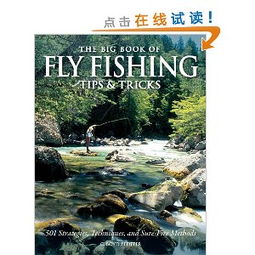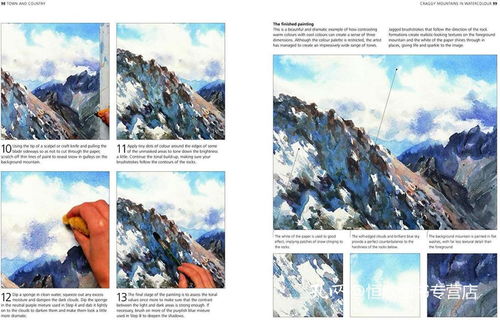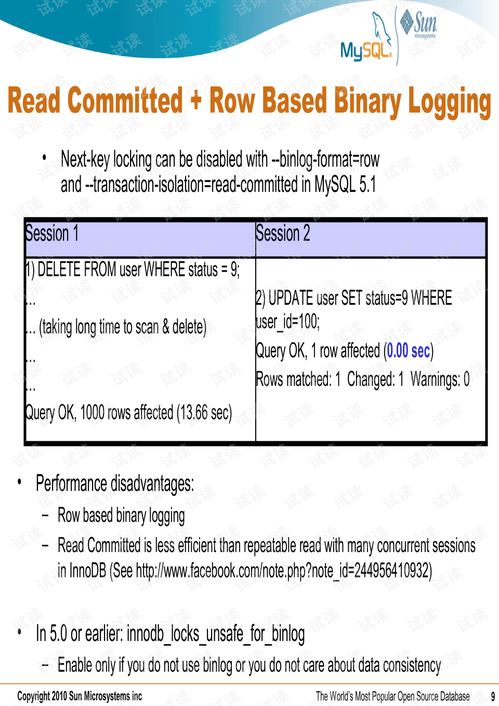Content:

Finding the bottom is a fundamental skill for any angler, whether you're casting from the shore or navigating the waters in a boat. Knowing where the bottom is can help you understand the behavior of fish, predict their movements, and increase your chances of a successful catch. Here are some essential techniques to help you master the art of finding the bottom when you're out on the water.
Use a Fish Finder or Depth Finder
The most straightforward and reliable way to find the bottom is by using a fish finder or depth finder. These devices use sonar technology to detect the presence of fish and measure the depth of the water. Here's how to use them effectively:
- Calibrate Your Device: Before you start fishing, make sure your fish finder is calibrated to the specific water conditions. This will ensure accurate readings.
- Scan the Water Column: Look for a distinct change in the sonar return that indicates the presence of the bottom. It might appear as a solid line or a series of dots.
- Identify the Bottom: The bottom should show up as a consistent line or pattern on the screen. If it's not clear, adjust the sensitivity or zoom in on the area.
- Keep an Eye on Fish Activity: Pay attention to the fish icons or arches that indicate the presence of fish. These will often be found near or above the bottom.
Pay Attention to the Water Surface
The surface of the water can give you clues about the bottom's composition and structure. Here are some observations to make:
- Ripples and Waves: If the water is calm, the ripples can help you gauge the depth. The closer the ripples are to the boat, the shallower the water is.
- Surface Bubbles: Bubbles can indicate the presence of fish or organic matter on the bottom. If you see a lot of bubbles, it might be worth checking that area.
- Vegetation: Look for signs of aquatic vegetation. This can indicate a productive area for fish, as it provides cover and food.
Watch for Fish Activity
Fish often congregate around the bottom, so watching for their activity can help you locate it. Here are some signs to look out for:
- Jumping or Bouncing: If you see fish jumping out of the water, they might be trying to feed on something at the bottom.
- Schooling Fish: Look for groups of fish moving in a particular direction. They might be following the bottom contours.
- Diving Birds: Birds diving into the water are often trying to catch fish. Observe where they dive and consider that area as a potential hot spot.
Use a Drop Shot Technique
The drop shot technique is a great way to fish around the bottom without getting snagged. Here's how to do it:
- Tie on a Drop Shot Rig: Attach a small weight to the end of your line with a swivel or a loop knot. Then, attach a leader with a lure or bait.
- Drop the Weight: Let the weight sink to the bottom, then gently move it along the bottom to feel for any resistance or changes in the weight's movement.
- Adjust Your Technique: If you feel a bump or a change in resistance, pause and feel for a bite. If nothing happens, move the weight a few inches and try again.
Use a Bottom Bouncer or a Weighted Line
For those who prefer a more traditional approach, using a bottom bouncer or a weighted line can be effective. Here's how to use them:
- Bottom Bouncer: Attach a bottom bouncer to your line, which will help you fish directly along the bottom. Adjust the weight to control the depth.
- Weighted Line: Add a weight to your line, but make sure it's not too heavy. Let the weight sink to the bottom, then slowly retrieve the line to feel for any bottom structure or fish.
Learn the Local Water Conditions
Every body of water has its own unique characteristics. By learning the local water conditions, you can better predict where the fish might be hiding. Ask local anglers, study maps, and keep notes on your own experiences to build a better understanding of the water you're fishing.
Conclusion
Finding the bottom is an essential skill for any angler, and with these techniques, you can increase your chances of a successful fishing trip. Whether you're using modern technology or traditional methods, paying attention to the water and being patient will help you master the art of finding the bottom. Happy fishing!












